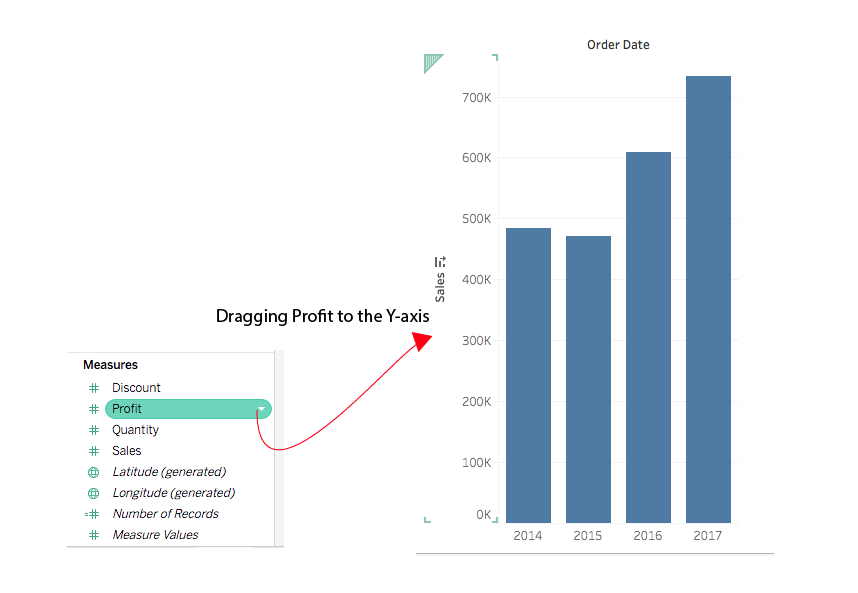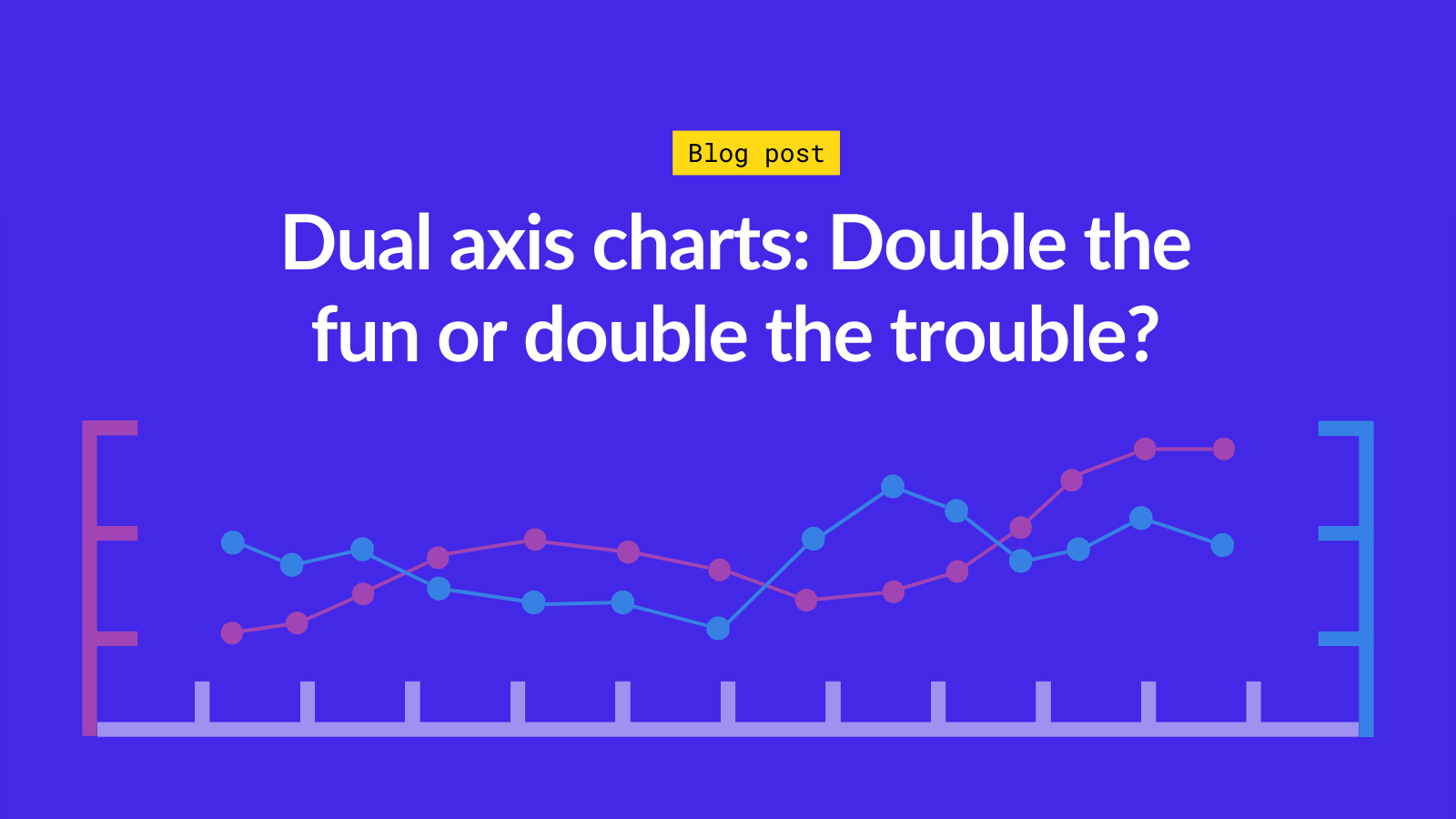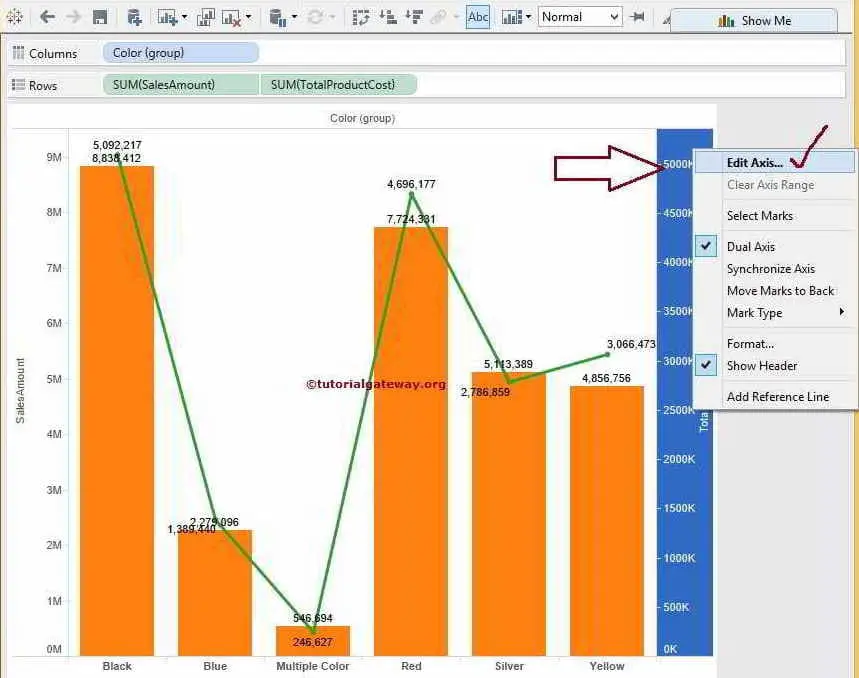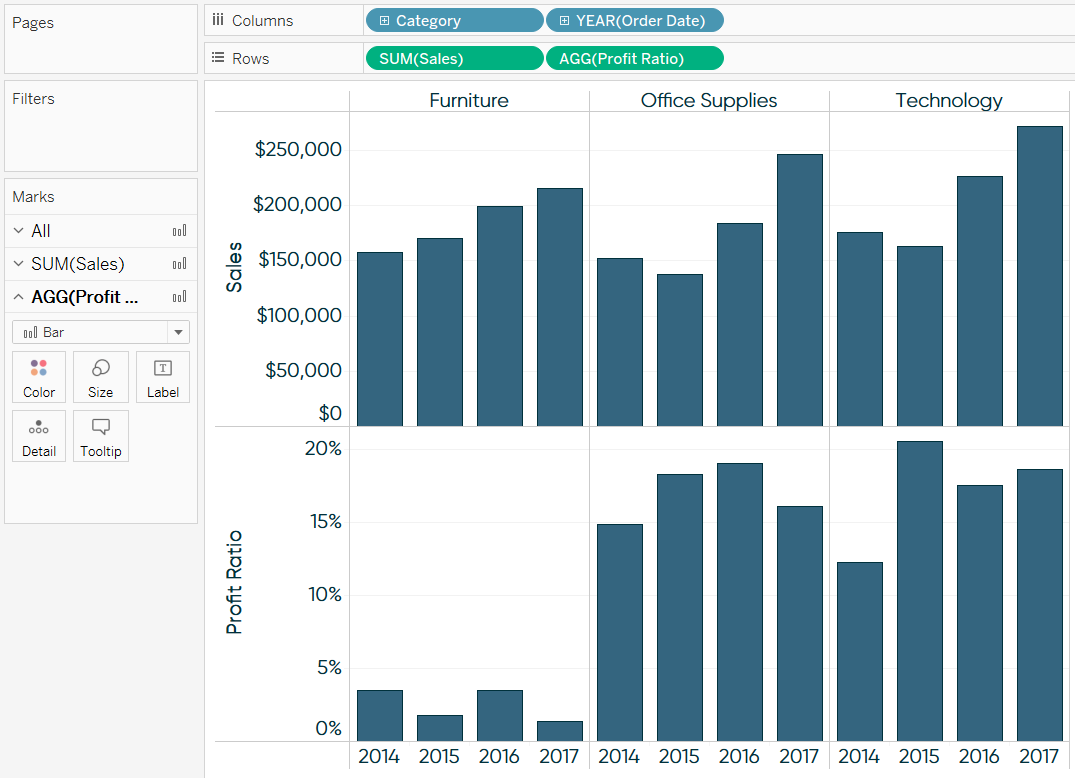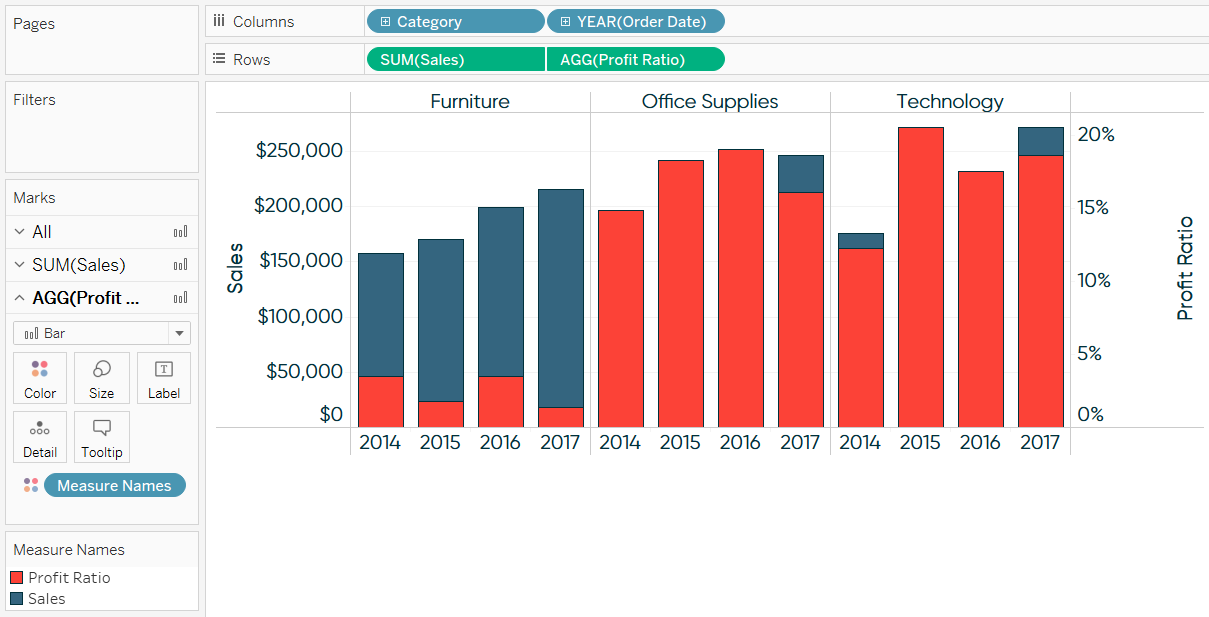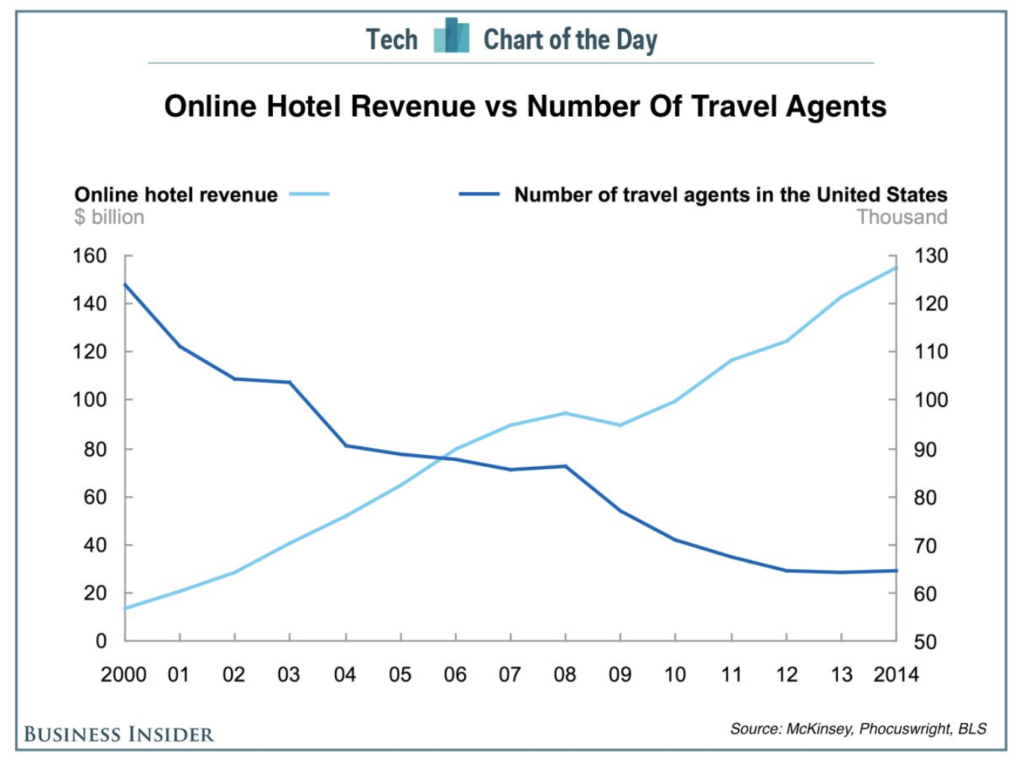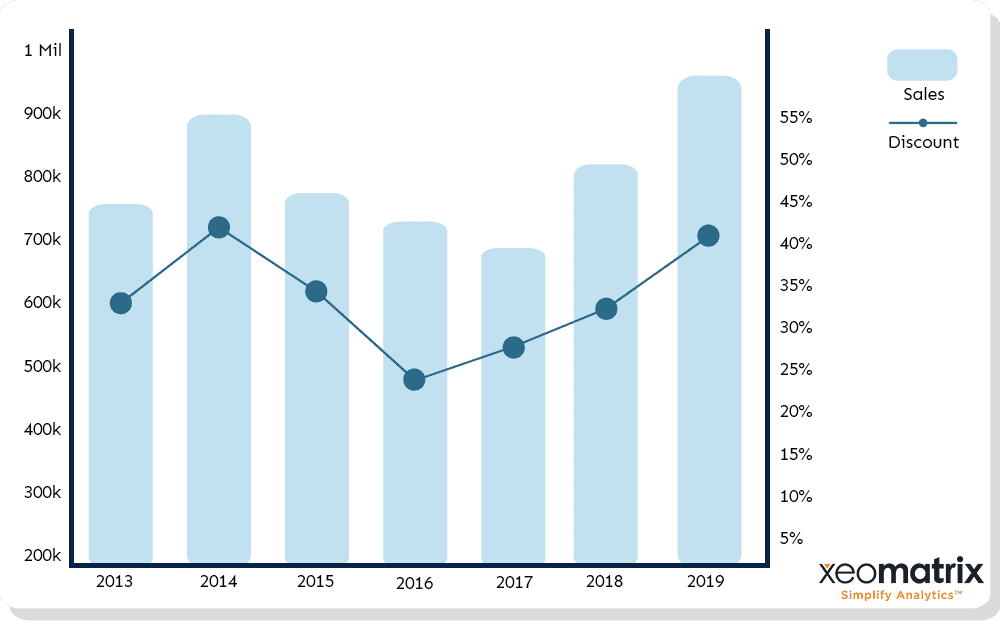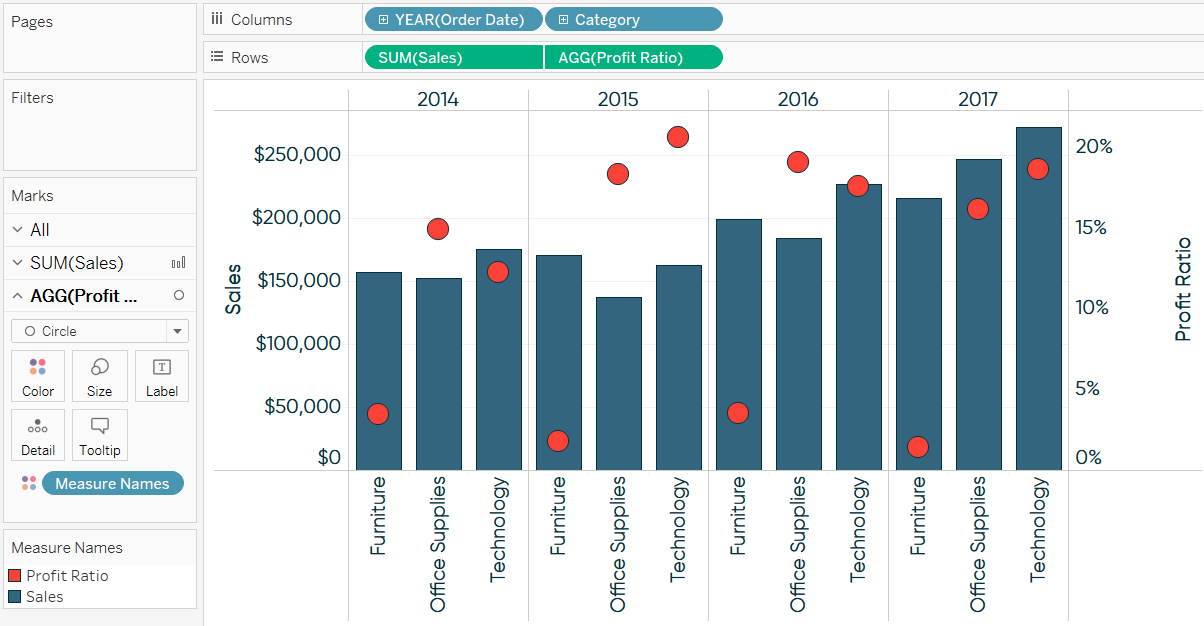Looking Good Info About What Are The Advantages Of A Dual Axis Chart Excel Graph Bar And Line
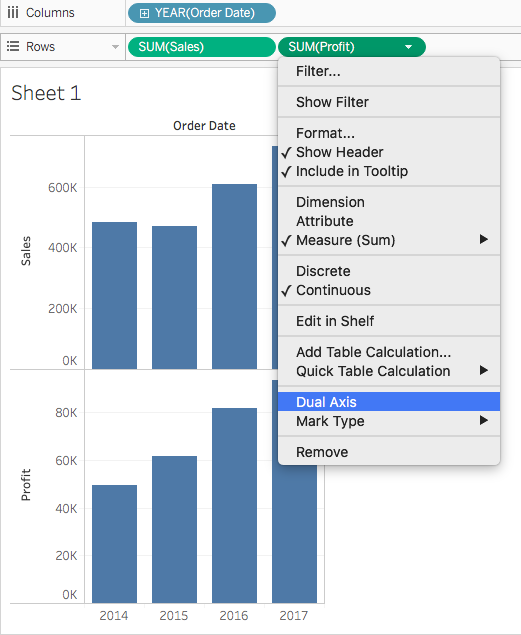
The problems with dual axis charts.
What are the advantages of a dual axis chart. A dual axis chart lets you combine measures that differ in scale and units. By using a dual axis. Dueling with axis:
The values of a and b are never even roughly comparable; A combined axis merges two or more measures into a single axis so you can plot as many measures as you like in the same chart. The advantage of this type of axis is that you will have multiple marks cards to give the graphs more individuality and separate them by different visualization (line and bar as.
A good use for dual axis charts (possibly the only really good one) is for pareto charts. Dual axis charts plot two data series on the same chart using a secondary axis. A dual axis chart (also called a multiple axes chart) uses two axes to easily illustrate the relationships between two variables with different magnitudes and scales of.
A dual axis chart uses two axes to illustrate the relationships between two variables easily. Dual axis charts, also known as combination (combo) charts, are a type of visualization that combines two different types of charts in a single graph. The purpose of this type of visualization is to show how one set of data changes.
The dual axis chart on the right, fares much better in comparison, reflecting one of the primary advantages of the dual axis chart. A pareto chart combines both the count of an item, and the percentage contribution that. Dual axis charts, also known as multiple axis chart, allows us to plot kpis of different scales or units of measures (uom) on a single chart.
We can create two different axes for two different charts. What is a dual axis chart, and what are its advantages? The biggest advantage of this is that you have.
The dual axis chart allows us to. A increases at a faster rate than b; You may find yourself wanting to put two charts together on the same set of axes in order to compare two different fields.
Dual axis charts are frequently used to display two distinct data series with varying magnitude (=number range) and/or measure (gdp, life expectancy, etc.).

